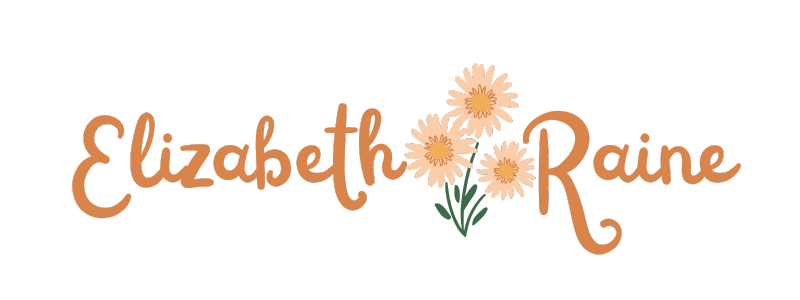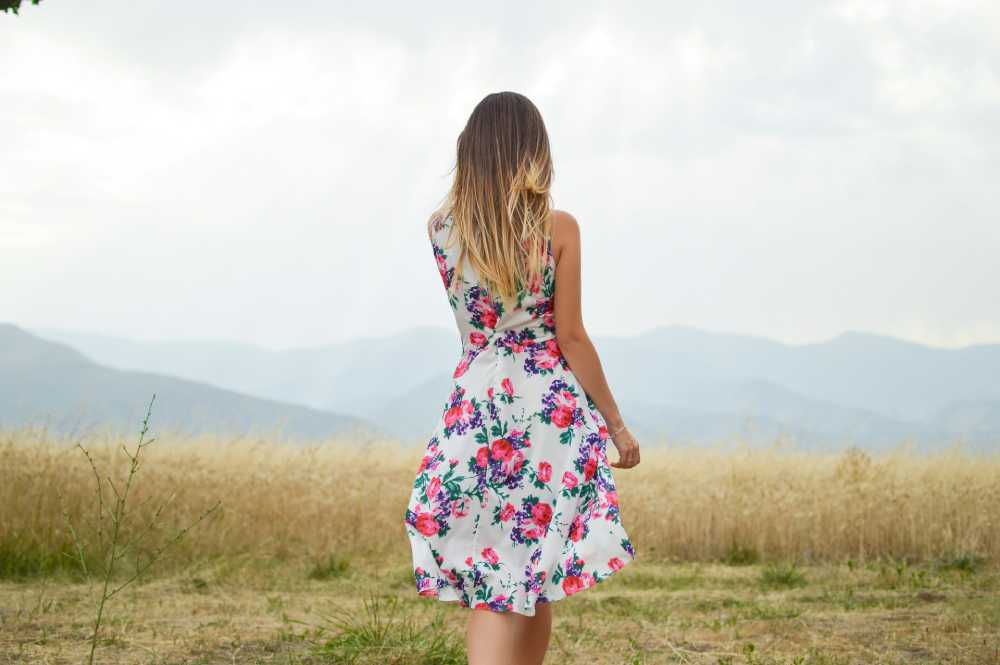Fashion is a dynamic narrative that unfolds each decade, revealing much about the times’ political, social, and economic climates. Women’s fashion, in particular, has been a responsive catalyst to these changes, notably through the evolution of dresses.
From adornments that signaled status in the past to current trends reflecting personal expression and ethical considerations, dresses for women articulate silent stories of their eras. This journey plots a trajectory of transformation that paints a vibrant picture of what it has meant — and continues to mean — to be a woman in an ever-changing society.
The Roaring Twenties and the Flapper Dress
In the aftermath of World War I, social norms were in turmoil, and an era of unprecedented freedom and prosperity emerged. During the 1920s, affectionately known as the “Roaring Twenties,” society saw a significant breakaway from the modesty of prior decades, spearheaded by the audacious flapper.
The dresses for women became battlegrounds of rebellion, defying the era’s norm with fringe, sequins, and hemlines that daringly crept above the ankle. Embracing a boyish silhouette, the flapper dress was both a statement of liberation and an act of defiance, capturing the spirit of jazz, speakeasies, and newfound social freedoms.
The 1930s and Hollywood Glamour
Despite the darkness of the Great Depression, the 1930s are often remembered for their cinematic brilliance. Hollywood offered a glittering fantasy to a world in economic despair, with screen goddesses portraying a life of luxury that the everyday woman could merely aspire to.
Dresses became more extended and fluid, often adopting an alluring backless feature with luxurious fabrics like silk and satin that paved the way for evening gowns. This intersection of reality and aspiration in fashion illustrated how, even during trying times, beauty and elegance in dress design were only partially forsaken.
The Wartime 1940s and Utility Clothing
The fashion industry, just like all other sectors, had to pivot sharply during the Second World War. Drastic fabric shortages and rationing birthed ‘Utility Clothing,’ characterized by simplicity and functionality.
Yet, creativity flourished within these limitations; women’s dresses became strategically designed with features like convertible collars and cuffs to elevate the otherwise utilitarian aesthetic.
Post-war, pent-up demand for luxury resulted in a fashion renaissance, most visibly through Christian Dior’s “New Look,” which brought voluptuous skirts and a cinched waist back into vogue, rewriting the narrative of women’s fashion.
The Feminine 1950s and the Birth of the Teenager
As the 1950s sought to stabilize post-war contentment, the ideal of femininity returned with gusto. An hourglass figure, accentuated by meticulously tailored wasp waists and billowing skirts, became the archetype of elegance.
Concurrently, the blossoming youth culture began to assert itself, and the teenage girl’s wardrobe diverged with playful dresses paired with saddle shoes and bobby socks. This decade was the genesis of ‘teen fashion,’ a market segment that would only continue to grow in influence and creativity with each following decade.
The Swinging Sixties and Youth Revolution
Explosive, colorful, and loud — the 1960s saw youth culture take the reins of fashion, leading to a revolutionary shift towards more relaxed social norms. Traditional archetypes of femininity were dismantled with the introduction of the mini dress, a style that became synonymous with sexual freedom and female emancipation.
Shift dresses and geometric patterns dominated, echoing the modernist artistic movements of the time and capturing the essence of a generation steeped in change and optimism.
The 1970s: Bohemian and Disco Influences
As the radical ideas of the ’60s settled, the 1970s embraced a more carefree and eclectic approach to fashion. The era saw a Renaissance of vintage-inspired styles, from the free-flowing bohemian maxi dresses to the glitzy glamour of the disco diva. This period was about pushing boundaries and experimenting with silhouettes, various textures, and colors.
As described in a Smithsonian Magazine article, this was also a time when glam rock crossed over from music into mainstream fashion, introducing a flamboyant flair to dresses with dramatic sleeves and metallic sheens.
The Power Dressing of the 1980s
The confidence and ambition of women in the 1980s were reflected in their sartorial choices. Power dressing indicates the professional woman’s wardrobe, emphasizing strong silhouettes and assertive style statements.
Dresses with formidable shoulder pads and striking color palettes dominated the scene, embodying the corporate climb and breaking glass ceilings. Personal style for women was just as much a part of their professional narrative as their résumés and business acumen.
The Minimalist and Grunge Movement of the 1990s
Coming off the conspicuous consumption of the ’80s, the 1990s fashion scene marked a return to minimalism. The simplicity of the slip dress and the layered look of the babydoll over a plain tee became emblems of the times.
On the flip side, the decade also saw the emergence of grunge, a counterculture that took pride in its disheveled and unpretentious aesthetic. Dresses were now styled with combat boots and oversized flannels, look designers quickly co-opted and brought to the high-fashion runways.
The 21st Century: A Diverse Fusion of Styles
The evolution of dresses in the 21st century is as varied as it is rapid. The digital age has collapsed global fashion boundaries, making runway trends accessible the moment they debut. With the rise of social media, streetwear influences have found their way into high fashion, leading to an inclusive, mix-and-match approach that democratizes style.
However, as the conversation around dresses and fashion widens, the importance of sustainability grows ever more prominent. In a world increasingly conscious of the environmental cost of our sartorial choices, advocates and consumers are pushing for ethical production and slow fashion.
The Guardian reports that the industry’s impact on the planet has spurred a significant reevaluation of where our dresses come from and how they’re made. Today’s fashion scene isn’t just about what looks good — it’s equally about what does good.





